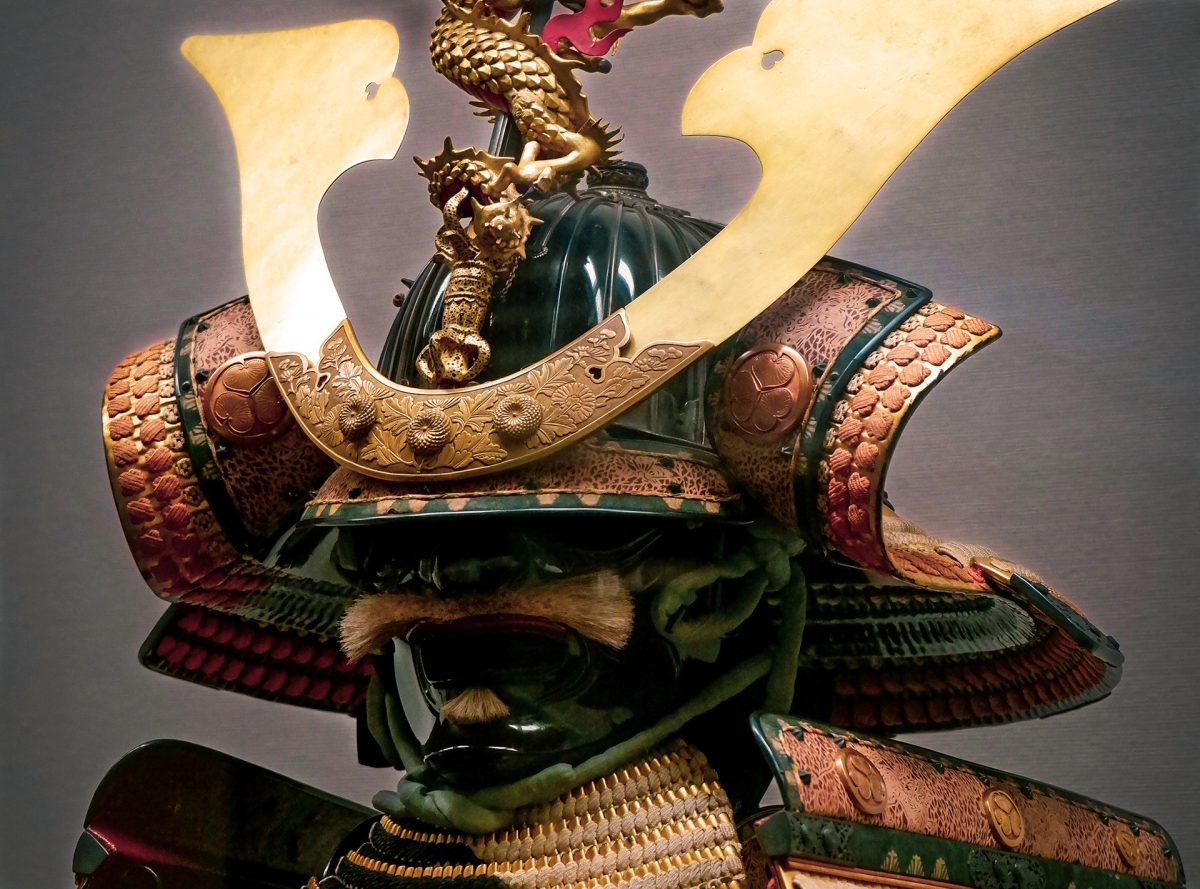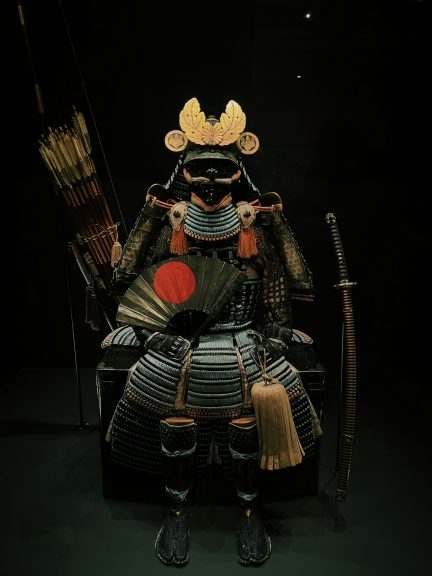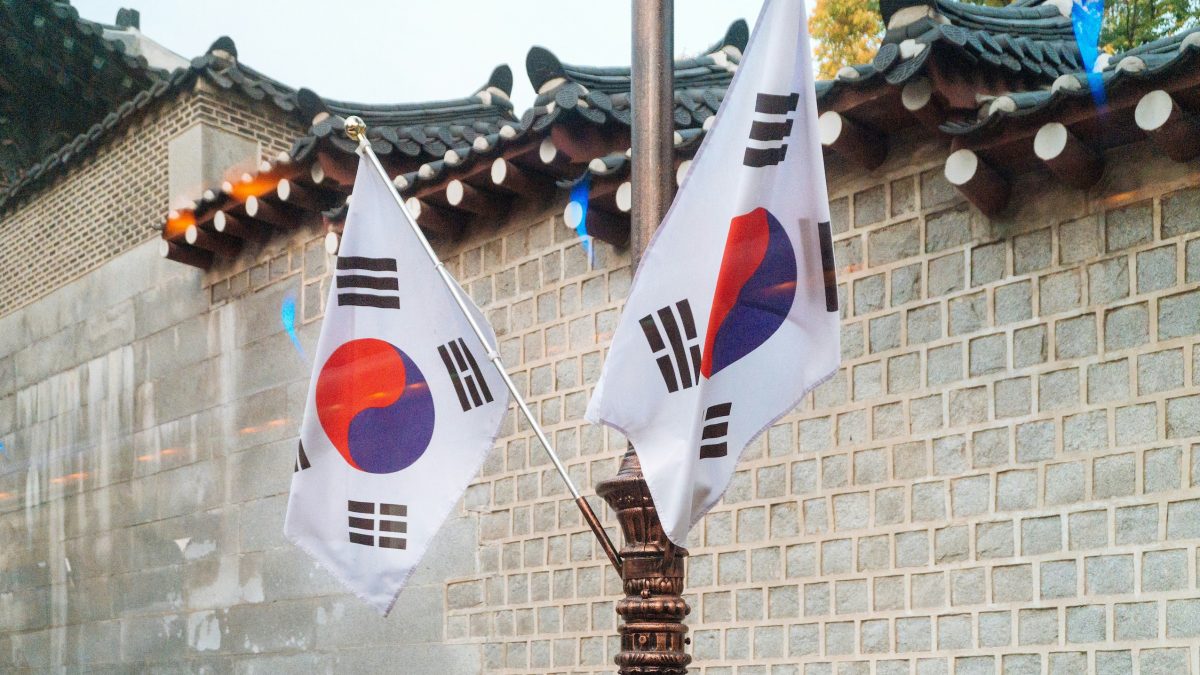
(*Linked or embedded content may have been removed or be unavailable.)
The 2024 miniseries Shōgun was a major success, both in terms of viewership numbers and critical acclaim. So, what led to this success? A first-rate cast? Amazing cinematography? Interesting story?
Well, the factors may be many, but one component that may go unnoticed is the timing – the pandemic and the public’s thirst for new content to watch at home during that stressful period, and the subsequent openness among audiences to continue watching foreign-language programming.
Contents
A monumental shift in viewing habits
Foreign-language content, particularly with English subtitles, experienced a significant surge in popularity during the pandemic, primarily due to the unique confluence of increased screen time because people were stuck at home, and a global craving for novel entertainment.
As lockdowns led to the rapid consumption and depletion of existing English-language libraries, viewers were compelled to explore deeper into the vast international offerings of streaming platforms. People started regarding reading subtitles as a minor price to pay for their next entertainment fix.
The virality of shows like South Korea’s Squid Game further cemented this trend, demonstrating that compelling narratives with universal themes could transcend linguistic barriers and resonate profoundly with a world collectively grappling with uncertainty.
What’s more, viewers became more accustomed to longer-form content, embracing the immersive experience of a multi-episode narrative. Shōgun, with its ten-episode arc, perfectly capitalized on this established viewing pattern.
Unlike a two-hour film that offers a fleeting glimpse into a world, the mini-series format allowed for a gradual, nuanced immersion into the complex political machinations and cultural intricacies of feudal Japan. The sustained attention span, cultivated during years of pandemic-induced home viewing, was a significant advantage for a show that demands and rewards patience.
Escapism on a new level
Beyond the logistical shift in viewing habits, the pandemic also fostered a deeper yearning for escapism. A relentless not-so-good news cycle helped create a craving for worlds vastly different from the here and now. Shōgun was well-equipped to deliver on this front with breathtaking cinematography that transported viewers to the lush, untamed landscapes of 17th-century Japan, a world of intricate rituals, honor codes, and life-or-death stakes (although much of it was actually shot in Canada due to COVID-19 travel restrictions, instead of in Japan as was initially planned). The meticulous historical detail, from the samurai armor to the tea ceremonies, offered a rich tapestry that felt genuinely foreign and fascinating, providing a much-needed mental vacation. Authenticity was pursued in a way that perhaps would not have been possible only a decade ago.

A “historic” story that resonated with “today”
The pandemic inadvertently cultivated a heightened appreciation for stories that explore themes of resilience, adaptation, and navigating uncertainty. In a world thrown into disarray, narratives about individuals confronting overwhelming odds resonated deeply. Shōgun is, at its heart, a story of survival and strategic maneuvering in a volatile environment. John Blackthorne, the shipwrecked English pilot, must adapt to a foreign culture, learn a new language, and navigate treacherous political currents to simply stay alive. Lord Toranaga, facing a coalition of powerful adversaries, employs cunning and patience to overcome seemingly insurmountable obstacles.
These struggles, though set centuries ago, mirrored the contemporary challenges many faced in their own lives: the need to adapt to new norms, to find inner strength, and to strategically plan for an uncertain future. The narrative arc, filled with betrayals, alliances, and moments of profound personal growth, provided a cathartic reflection of the collective human experience during a period of immense global disruption.
The right stuff and the right staff
Just having an audience that’s hungry for content is by no means a guarantee of its success. Obviously, the show must provide the quality to succeed, and here again Shōgun shined. Hiroyuki Sanada’s involvement in the 2024 Shōgun miniseries transcended the typical role of a lead actor, becoming a pivotal force behind its success, particularly in delivering its acclaimed cultural authenticity.
Anyone who has seen The Last Samurai knows that Sanada has what it takes to convincingly portray a samurai warrior, nearly stealing the spotlight from lead actor Tom Cruise. But as a credited producer of Shōgun, Sanada wielded significant influence in ensuring the series accurately and respectfully portrayed 17th-century Japan.
His deep understanding of Japanese history, language, and customs, cultivated over a lifetime in the Japanese film industry, was invaluable. He acted as a crucial bridge between the Western production team and the intricacies of Japanese culture, guiding decisions on everything from the nuances of period-correct dialog and historical etiquette to the subtle meaning behind traditional gestures and rituals.
This dual role meant that the creative vision for the warlord Toranaga, and indeed the entire Japanese world of Shōgun, was imbued with an unparalleled level of genuine understanding, elevating the series far beyond a mere historical drama.
Authenticity was key
The 2024 adaptation of Shōgun notably surpassed its 1980 predecessor primarily through its elevated commitment to cultural authenticity and a more balanced narrative perspective. While the original was groundbreaking for its time, it largely centered the story through the Western gaze of John Blackthorne.
Japanese dialog was often intentionally unsubtitled so viewers would experience the same sense of confusion and cultural disorientation that Blackthorne felt. The 2024 version, conversely, prioritized a meticulous dedication to historical accuracy in every detail, from language (with all Japanese dialog subtitled) to customs, largely thanks to the integral involvement of Sanada as both actor and producer.
About 70% of the dialog delivered in Shōgun was in the Japanese language, correctly tweaked for historical accuracy; and since it was all subtitled, viewers were spared the “fish out of water” experience that Blackthorne went through and instead were given literal insight into the thoughts and emotions of all of the other characters.
By the way, if we were to time-travel back to feudal Japan to witness the plight of shipwrecked William Adams (the real person who Blackthorne is based on), his non-Japanese communication would most likely have been in Portuguese instead of English considering the situation in feudal Japan back then. But since Shōgun is a film adaptation of a novel, some degree of poetic justice is baked in, so English it is – no sense in authenticity overkill.
A reshaped world (with subtitles)
In essence, the pandemic created a perfect storm for foreign-language content to thrive in the US and other markets. It forced viewers indoors, increasing screen time and the likelihood of discovering new genres. It cultivated patience and a willingness to engage with subtitles, breaking down a significant barrier. It fostered a global consciousness and a desire for authentic, diverse narratives. And the powerful recommendation engines of streaming services amplified these trends, making foreign-language shows more visible and appealing than ever before, fully supported with multilingual subtitling.
While the world has largely reopened, the viewing habits forged during the pandemic have endured, forever changing the landscape of entertainment. One might say that the stage was set for Shōgun to ride the perfect wave to satisfy viewer needs for “something new and exciting,” delivered with the skill and style of Hollywood.
Douglass McGowan






